1961 Jaguar E-Type Series 1 'Flat Floor' 3.8-Litre Roadster Registration no. 205 NKO Chassis no. 850104 Engine no. R1648-9• The 104th right-hand drive roadster built • Professionally restored 1994/1995 • Present ownership since 2015 • Only 2,339 miles since restoration • Beautiful condition Footnotes"If Les Vingt Quatre Heures du Mans has been responsible for the new E-Type Jaguar, then that Homeric contest on the Sarthe circuit will have been abundantly justified. Here we have one of the quietest and most flexible cars on the market, capable of whispering along in top gear at 10mph or leaping into its 150mph stride on the brief depression of a pedal. A practical touring car, this, with its wide doors and capacious luggage space, yet it has a sheer beauty of line which easily beats the Italians at their own particular game." There have been few better summaries of the E-Type's manifest virtues than the forgoing, penned by the inimitable John Bolster for Autosport shortly after the car's debut. Introduced in 3.8-litre form in 1961, the Jaguar E-Type (XKE in the USA) caused a sensation when it appeared, with instantly classic lines and 150mph top speed. While, inevitably, the car's stupendous straight-line performance and gorgeous looks grabbed the headlines, there was nevertheless a lot more to the E-Type beneath the skin. The newcomer's design owed much to that of the racing D-Type; indeed, the E-Type would be one of the last great sports cars developed directly from a successful competition ancestor. Just as in the D-Type, a monocoque tub formed the main body/chassis structure while a tubular spaceframe extended forwards to support the engine. The latter was the same 3.8-litre, triple-carburettor, 'S' unit first offered as an option on the preceding XK150. With a claimed 265 horsepower on tap, the E-Type's performance did not disappoint; firstly, because it weighed around 500lb less than the XK150 and secondly because aerodynamicist Malcolm Sayer used experience gained with the D-Type to create one of the most elegant and efficient shapes ever to grace a motor car. Developed from that of the original XK120 sports car and refined in the racing D-Type, the double wishbone, independent front suspension was mounted on the forward sub-frame that supported the engine. The rear suspension broke new ground for a large-capacity sports car, being independent at a time when most of its major rivals relied on the traditional live rear axle. Dunlop disc brakes were fitted to all four wheels; those at the rear being mounted inboard alongside the differential to reduce un-sprung weight. Only in terms of its transmission did the E-Type represent no significant advance over the XK150 whose durable four-speed Moss gearbox it retained. Despite the E-Type's gorgeous appearance, taller drivers could find its interior somewhat lacking in space, a criticism addressed by the introduction of foot wells (and other, more minor modifications) early in 1962. But of all the versions of Jaguar's long-lived and much-loved sports car, it is the very early 'flat floor' 3.8-litre cars built prior to February 1962 which, for many enthusiasts, remain the most desirable. This pristine example is the 104th right-hand drive roadster built and has the flat floor and various other features that characterise these early models. '850104' was delivered new to Plymouth and has remained in the West Country all its life. In 1994/1995 the Jaguar was fully restored with exceptional attention to detail, the work being carried out by marque expert Jim Rothwell of Rothwell Engineering in Looe, Cornwall. More than £80,000 was spent on this restoration, the meticulously recorded details of which may be found in the accompanying history file together with a photographic record of the process. The file also contains the car's original old-style buff logbook; a quantity of expired tax discs and MoT certificates recording the mileage covered; and a written report on the restoration w
1961 Jaguar E-Type Series 1 'Flat Floor' 3.8-Litre Roadster Registration no. 205 NKO Chassis no. 850104 Engine no. R1648-9• The 104th right-hand drive roadster built • Professionally restored 1994/1995 • Present ownership since 2015 • Only 2,339 miles since restoration • Beautiful condition Footnotes"If Les Vingt Quatre Heures du Mans has been responsible for the new E-Type Jaguar, then that Homeric contest on the Sarthe circuit will have been abundantly justified. Here we have one of the quietest and most flexible cars on the market, capable of whispering along in top gear at 10mph or leaping into its 150mph stride on the brief depression of a pedal. A practical touring car, this, with its wide doors and capacious luggage space, yet it has a sheer beauty of line which easily beats the Italians at their own particular game." There have been few better summaries of the E-Type's manifest virtues than the forgoing, penned by the inimitable John Bolster for Autosport shortly after the car's debut. Introduced in 3.8-litre form in 1961, the Jaguar E-Type (XKE in the USA) caused a sensation when it appeared, with instantly classic lines and 150mph top speed. While, inevitably, the car's stupendous straight-line performance and gorgeous looks grabbed the headlines, there was nevertheless a lot more to the E-Type beneath the skin. The newcomer's design owed much to that of the racing D-Type; indeed, the E-Type would be one of the last great sports cars developed directly from a successful competition ancestor. Just as in the D-Type, a monocoque tub formed the main body/chassis structure while a tubular spaceframe extended forwards to support the engine. The latter was the same 3.8-litre, triple-carburettor, 'S' unit first offered as an option on the preceding XK150. With a claimed 265 horsepower on tap, the E-Type's performance did not disappoint; firstly, because it weighed around 500lb less than the XK150 and secondly because aerodynamicist Malcolm Sayer used experience gained with the D-Type to create one of the most elegant and efficient shapes ever to grace a motor car. Developed from that of the original XK120 sports car and refined in the racing D-Type, the double wishbone, independent front suspension was mounted on the forward sub-frame that supported the engine. The rear suspension broke new ground for a large-capacity sports car, being independent at a time when most of its major rivals relied on the traditional live rear axle. Dunlop disc brakes were fitted to all four wheels; those at the rear being mounted inboard alongside the differential to reduce un-sprung weight. Only in terms of its transmission did the E-Type represent no significant advance over the XK150 whose durable four-speed Moss gearbox it retained. Despite the E-Type's gorgeous appearance, taller drivers could find its interior somewhat lacking in space, a criticism addressed by the introduction of foot wells (and other, more minor modifications) early in 1962. But of all the versions of Jaguar's long-lived and much-loved sports car, it is the very early 'flat floor' 3.8-litre cars built prior to February 1962 which, for many enthusiasts, remain the most desirable. This pristine example is the 104th right-hand drive roadster built and has the flat floor and various other features that characterise these early models. '850104' was delivered new to Plymouth and has remained in the West Country all its life. In 1994/1995 the Jaguar was fully restored with exceptional attention to detail, the work being carried out by marque expert Jim Rothwell of Rothwell Engineering in Looe, Cornwall. More than £80,000 was spent on this restoration, the meticulously recorded details of which may be found in the accompanying history file together with a photographic record of the process. The file also contains the car's original old-style buff logbook; a quantity of expired tax discs and MoT certificates recording the mileage covered; and a written report on the restoration w
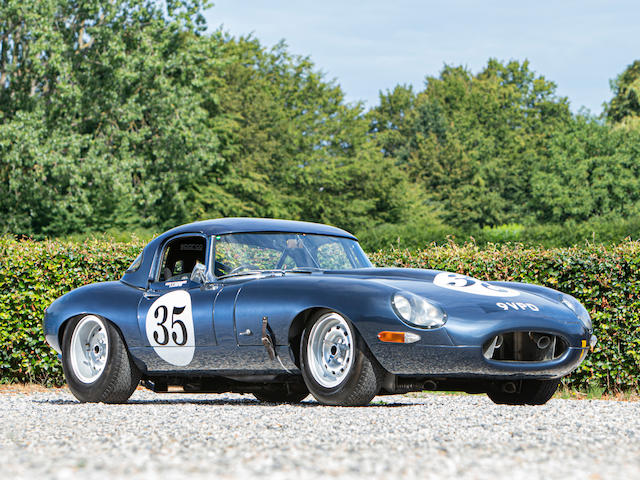
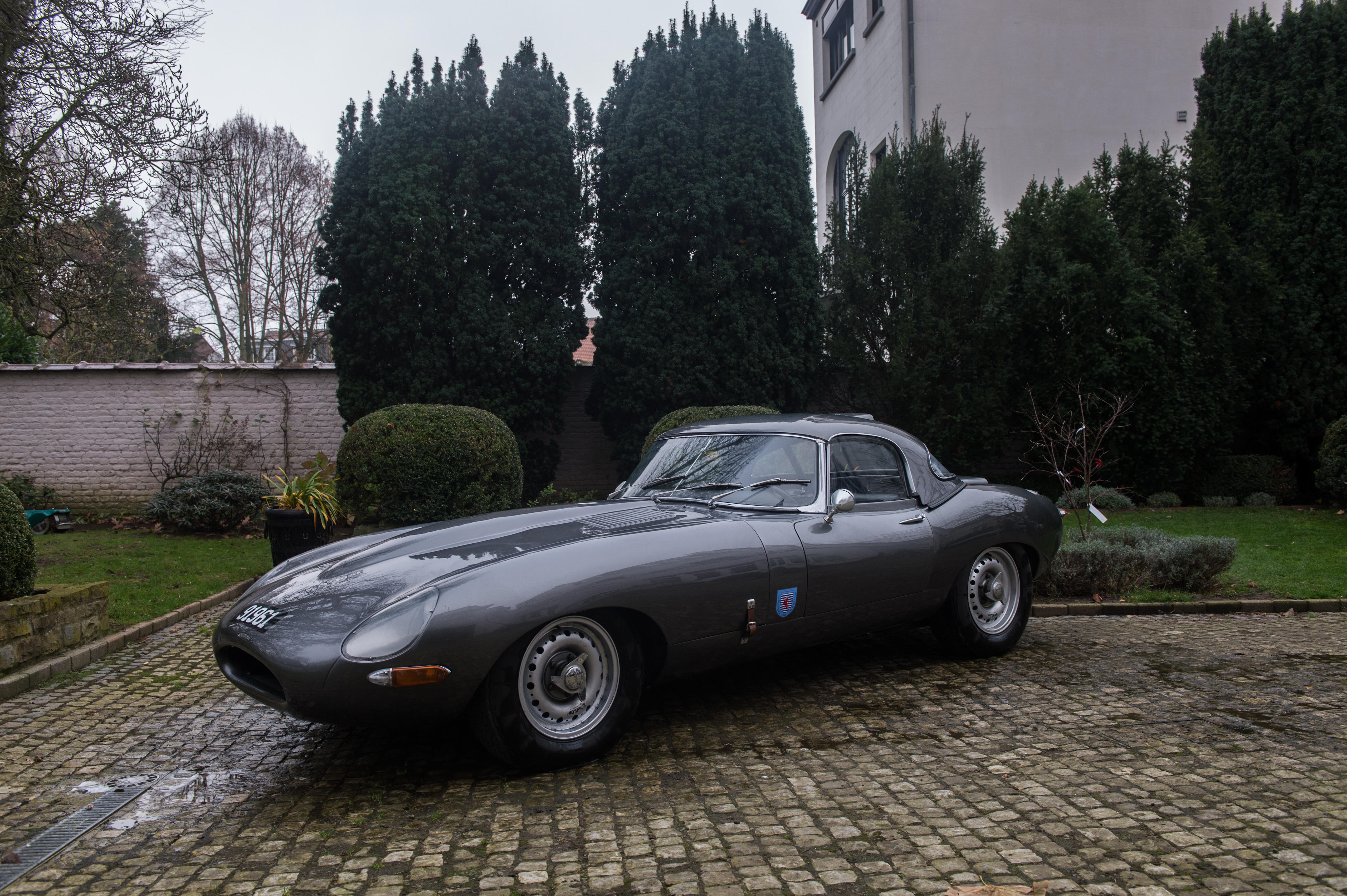

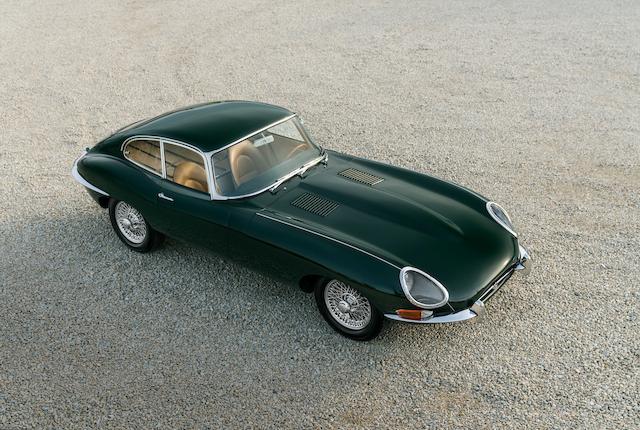

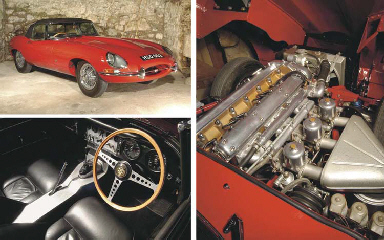



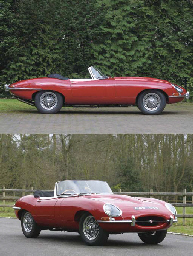





Testen Sie LotSearch und seine Premium-Features 7 Tage - ohne Kosten!
Lassen Sie sich automatisch über neue Objekte in kommenden Auktionen benachrichtigen.
Suchauftrag anlegen